Bungee cords are a useful tool for securing items, whether it's in the back of a pickup truck or on a bike. However, it's important to make sure that you have the right size bungee cord for the job. If it's too small, it won't be able to hold the items securely in place. On the other hand, if it's too large, it will be more difficult to use and may not provide the tension needed to keep items in place. In this blog, we'll show you how to measure a bungee cord so that you can choose the right size for your needs.
The first step in measuring a bungee cord is to determine the length that you need. To do this, you'll need to measure the distance between the two points where the bungee cord will be anchored. For example, if you're using the bungee cord to secure a load in the back of a truck, you'll need to measure the distance between the hooks or tie-down points on the truck bed.
Next, you'll need to consider the size and weight of the items that you'll be securing with the bungee cord. If you're using it to hold down a heavy load, you'll need a bungee cord with a larger diameter and higher tensile strength. On the other hand, if you're using it to secure lightweight items, a smaller diameter bungee cord will likely suffice.
Once you have these two pieces of information, you can use a bungee cord size chart to determine the appropriate size for your needs. These charts are typically available online or from the manufacturer of the bungee cord. Simply match up the length and weight of your load with the appropriate size on the chart.
Here is a general bungee cord size chart that can be used as a reference when selecting a bungee cord:
-
For securing lightweight items (up to 25 pounds): Use a bungee cord with a diameter of 1/4 inch to 3/8 inch.
-
For securing medium-weight items (25 to 50 pounds): Use a bungee cord with a diameter of 3/8 inch to 1/2 inch.
-
For securing heavy items (50 to 75 pounds): Use a bungee cord with a diameter of 1/2 inch to 5/8 inch.
-
For securing very heavy items (over 75 pounds): Use a bungee cord with a diameter of 5/8 inch to 3/4 inch.
It's important to note that these are general guidelines and that the actual size needed may vary depending on the specific needs of your application. Factors such as the tensile strength of the bungee cord and the stretch capacity of the material used can also affect the appropriate size.
It's also a good idea to consider the material that the bungee cord is made of. Some bungee cords are made of rubber, while others are made of synthetic materials such as polypropylene or nylon. Rubber bungee cords are generally more durable and have a higher stretch capacity, making them a good choice for heavy loads. Synthetic bungee cords, on the other hand, are lightweight and easy to store, making them a good choice for lightweight items.
In summary, measuring a bungee cord involves determining the length needed, considering the size and weight of the items being secured, and using a bungee cord size chart to choose the appropriate size. By following these steps, you can ensure that you have the right bungee cord for the job, keeping your items secure and safe.


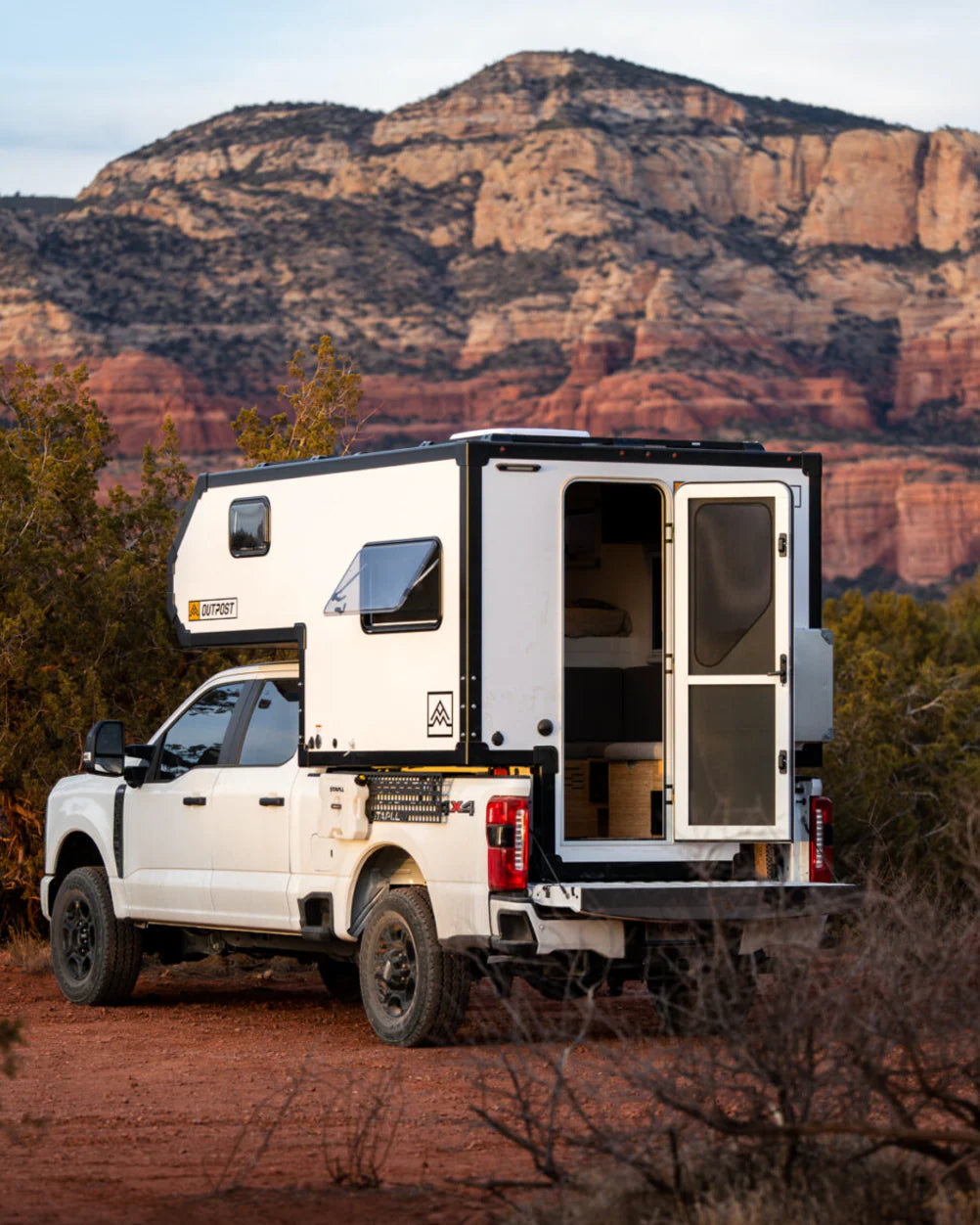

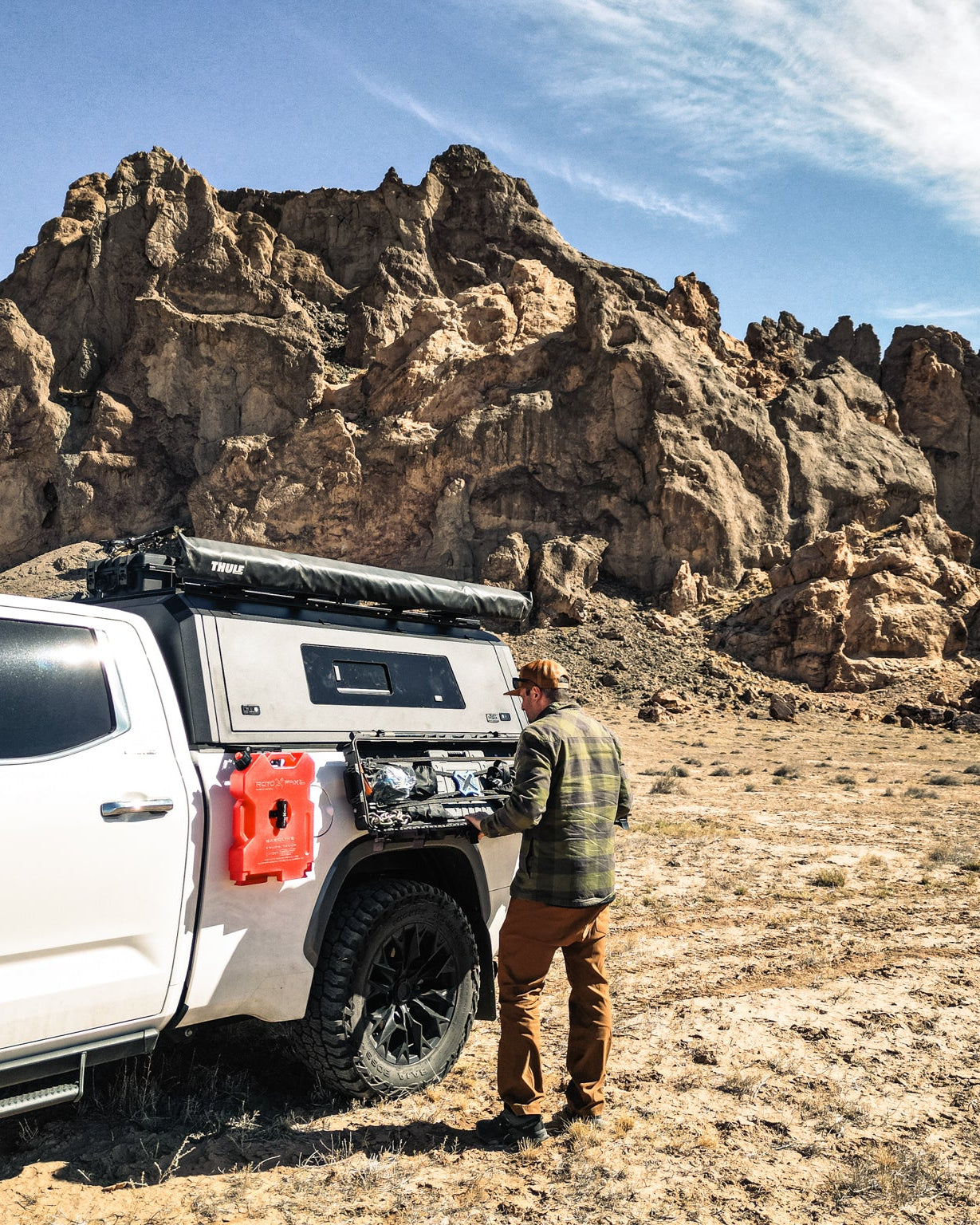
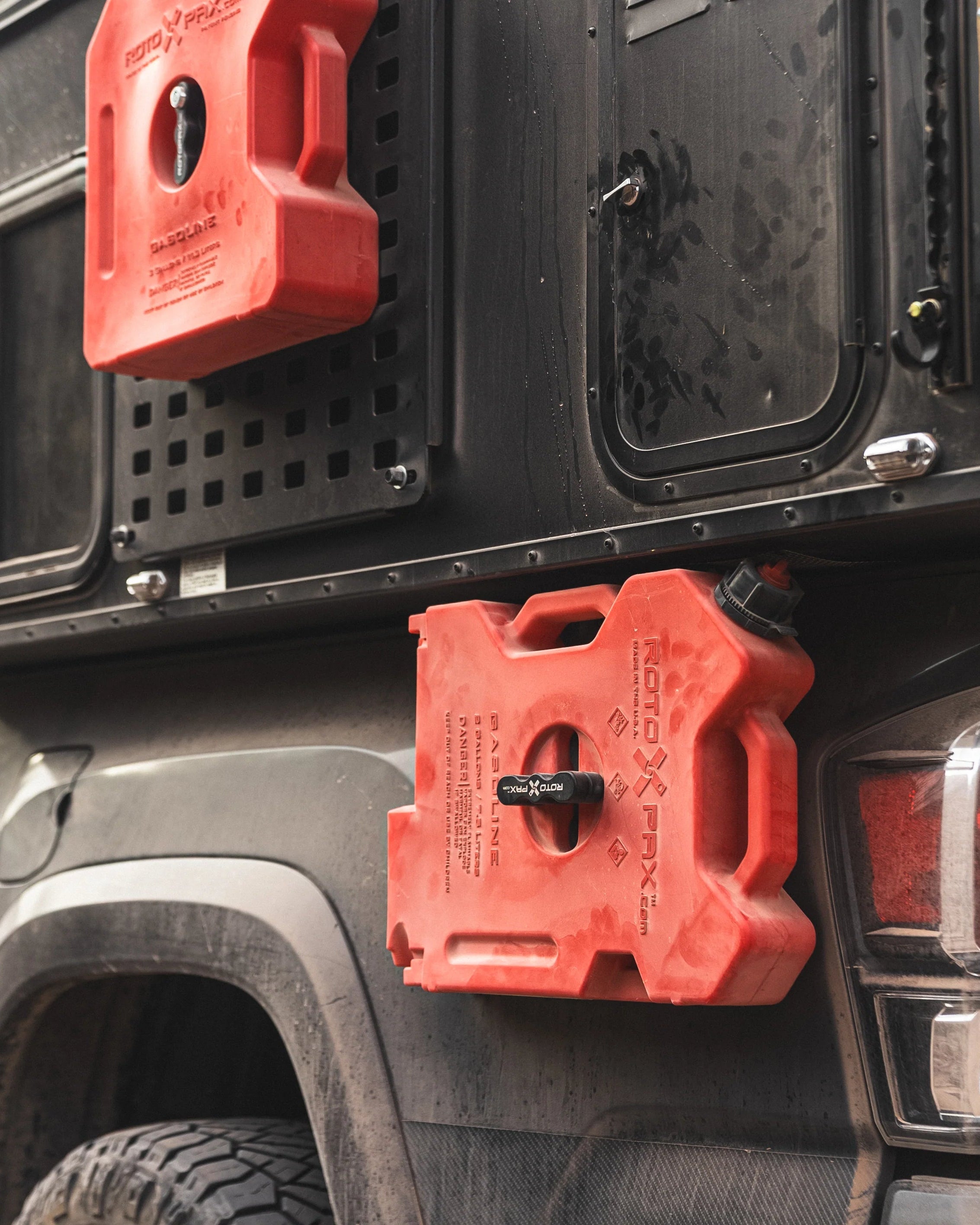
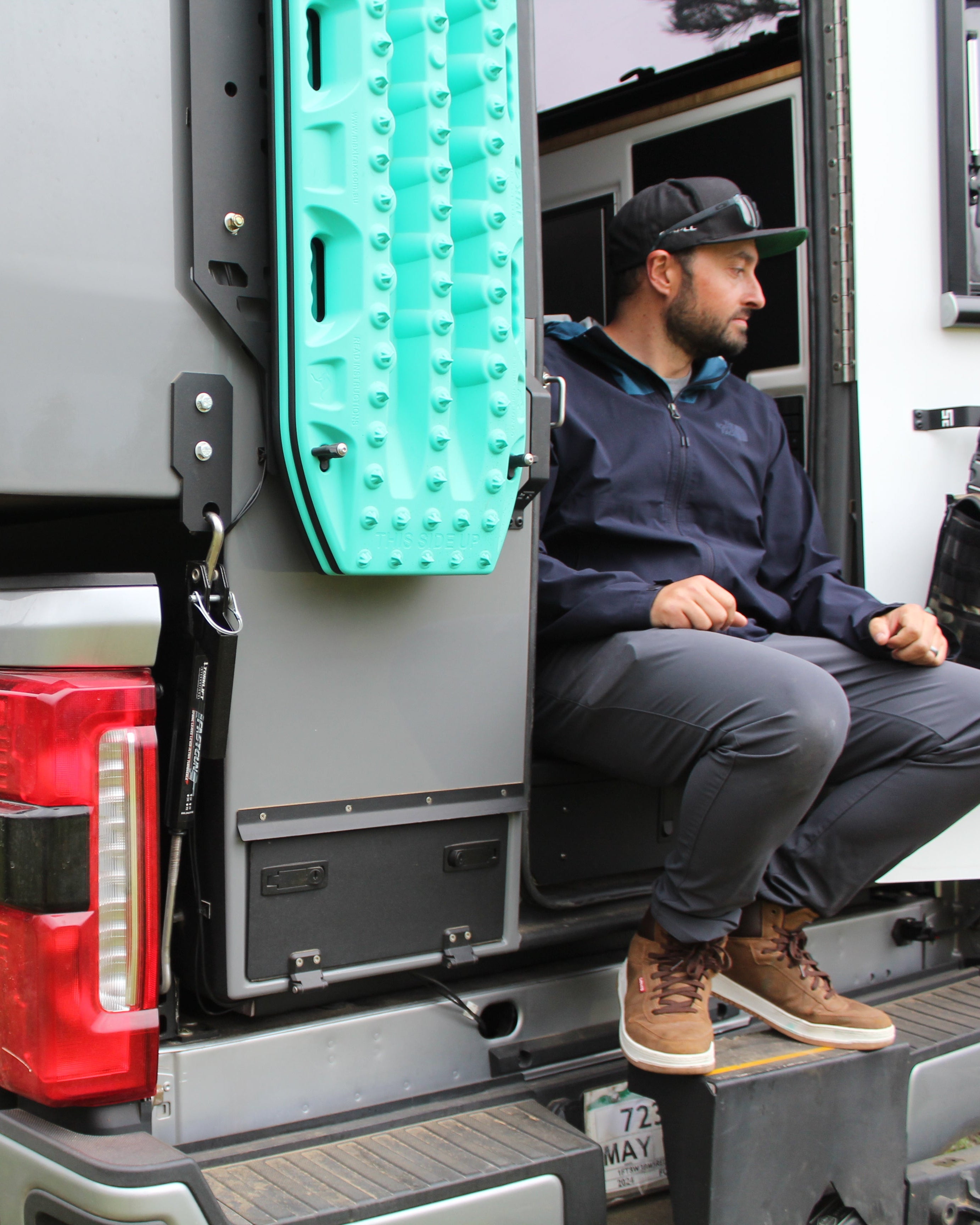
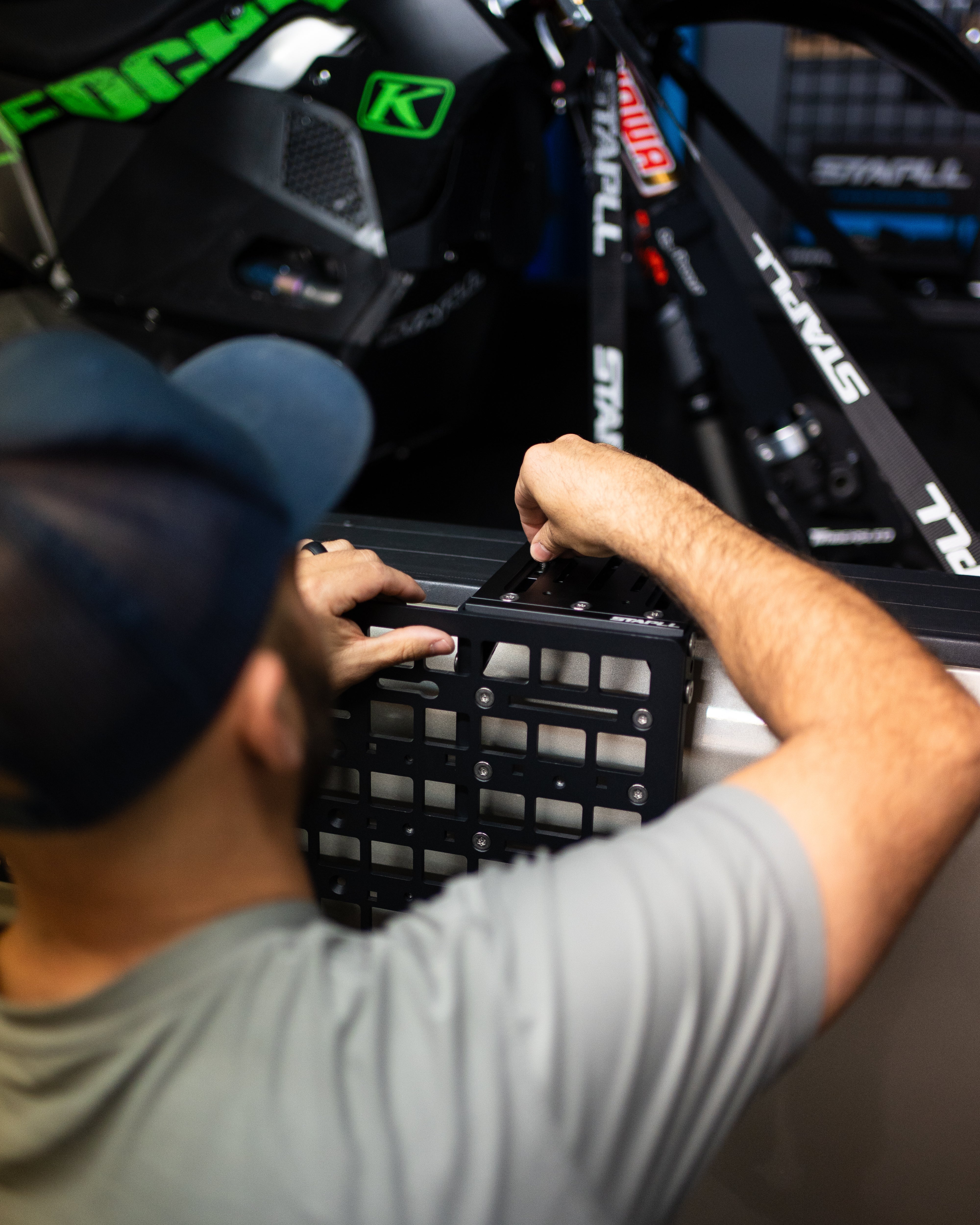






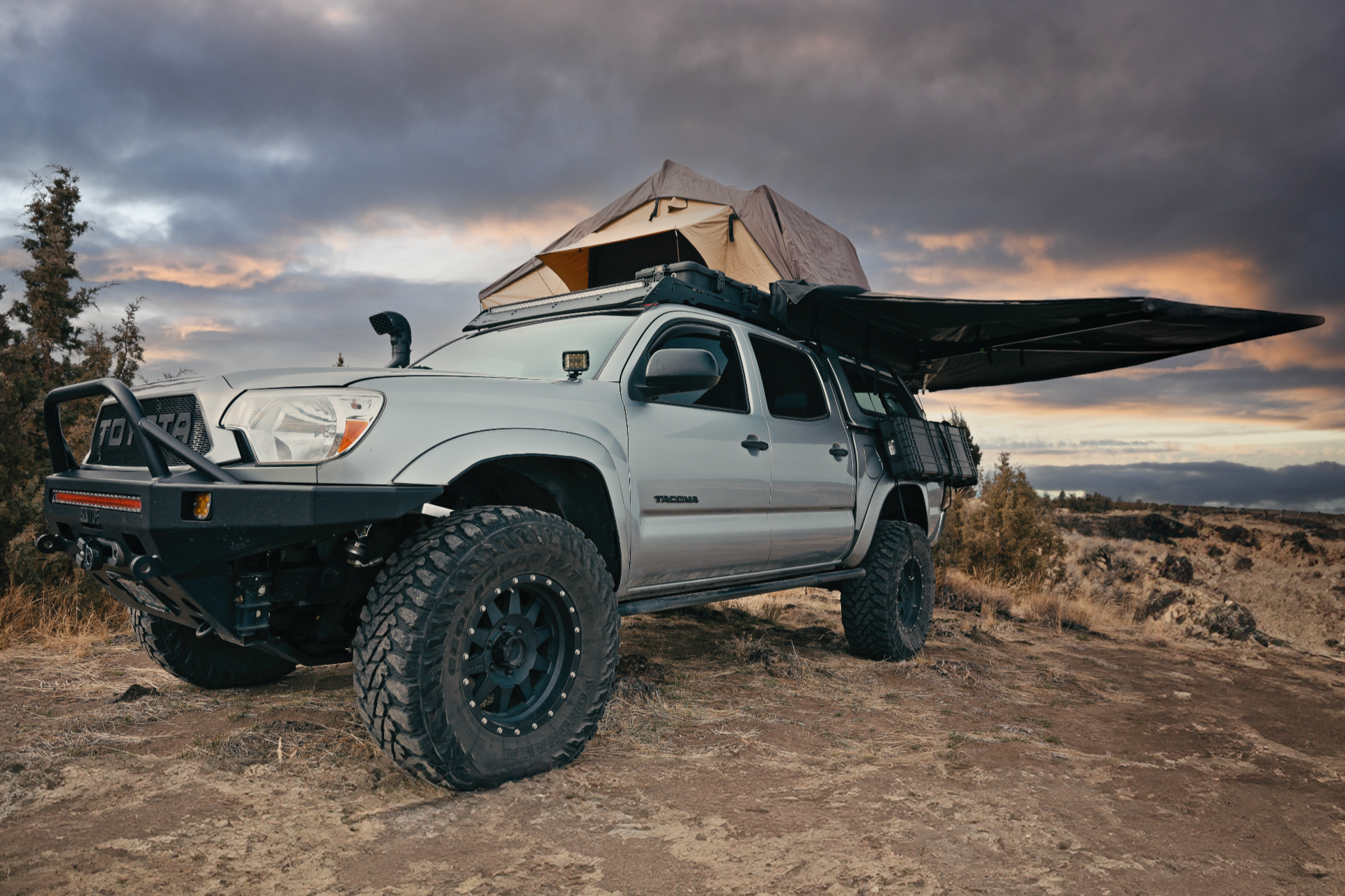
Leave a comment
All comments are moderated before being published.
This site is protected by hCaptcha and the hCaptcha Privacy Policy and Terms of Service apply.